We took a few hours this weekend to visit a few of the nearby historical sites and a nature preserve. We enjoy getting to know an area, and what has perhaps made it what it is, by seeking to understanding its environment and history. One of our travel goals is to penetrate beyond the tourist experience in those areas we visit. Our mobile job has actually helped in this, giving us both the time and opportunity to meet more local people in those areas we work.
Parkin Archeological State Park
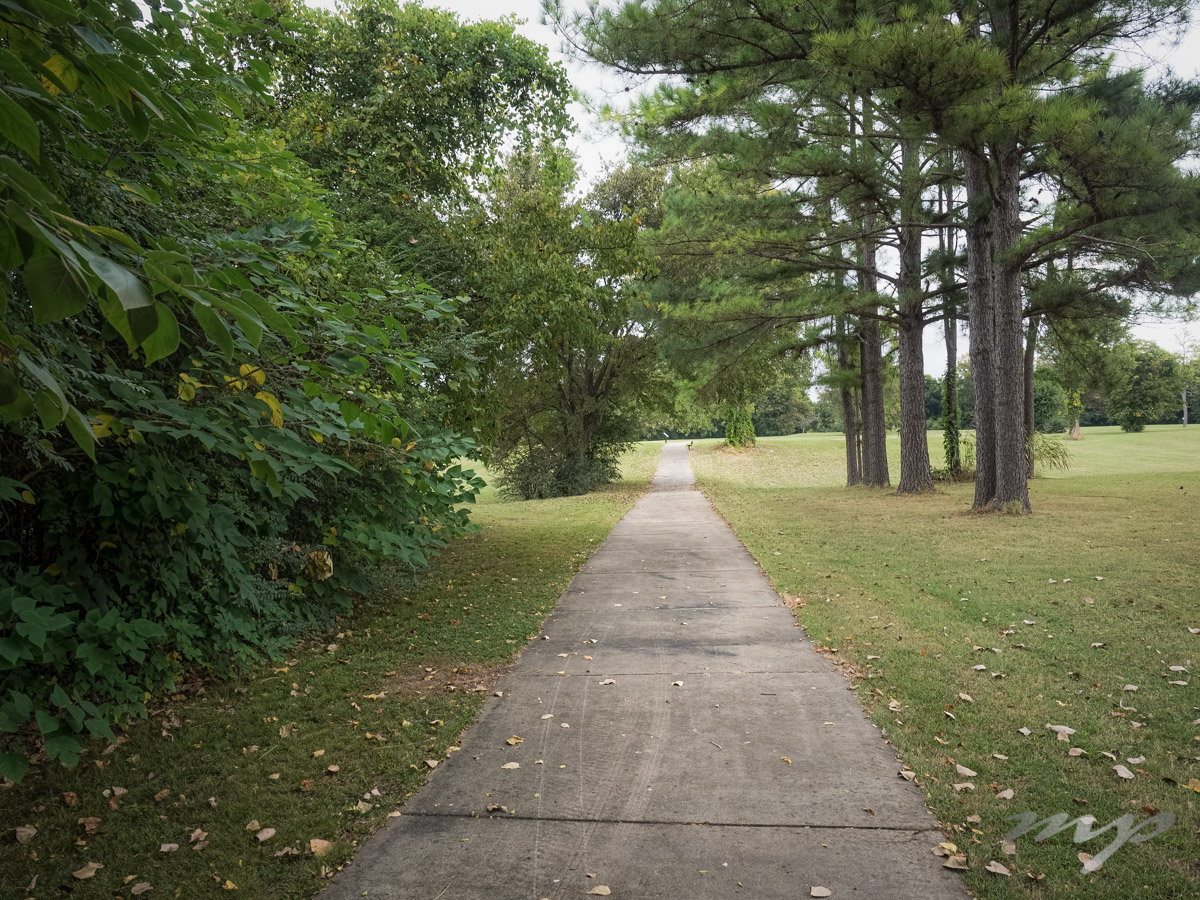
“The Parkin site over a period between the years A.D. 1250 to the early 1600’s was a thriving Native American community closely quartered in a fortified seventeen acre village. When a Spanish expedition led by Hernando de Soto traveled through this region in June 1541, this village was home to a powerful chief who controlled over twenty smaller communities in the St. Francis and Tyronza River valleys. The village took its name, Casqui, from the chief who ruled at the time of de Soto’s visit. Modern archeological evidence shows that Casqui was by far the biggest village in the Mississippian-era province.
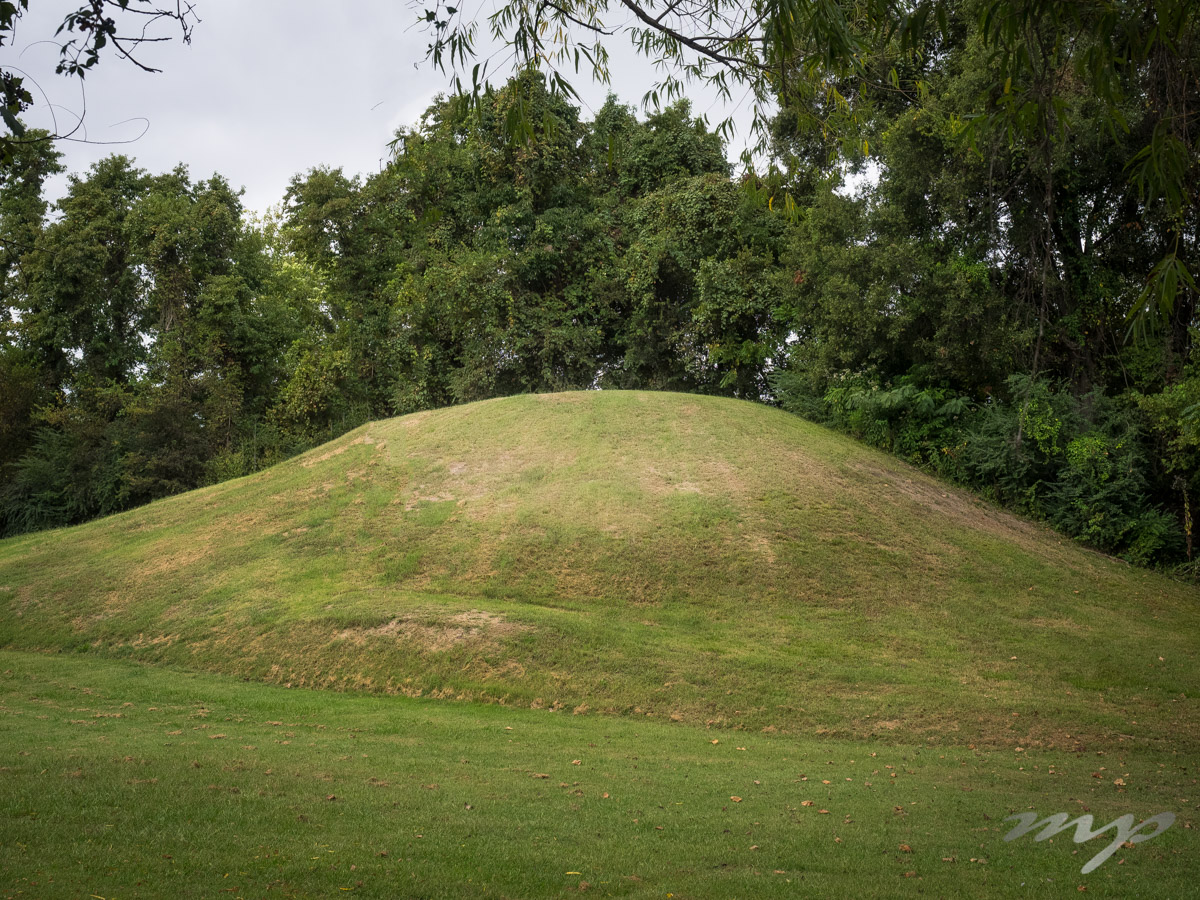
The area thrived again in the early 1900s, when a sawmill on the banks of the St. Francis River brought many families to the area. The Sawdust Hill Community was founded by the sawmill works and was superimposed directly atop the Native American village, leaving archeological deposits of its own and another set of stories from which we learn about the past lives of Parkin.” — Parkin Archeological State Park pamphlet.
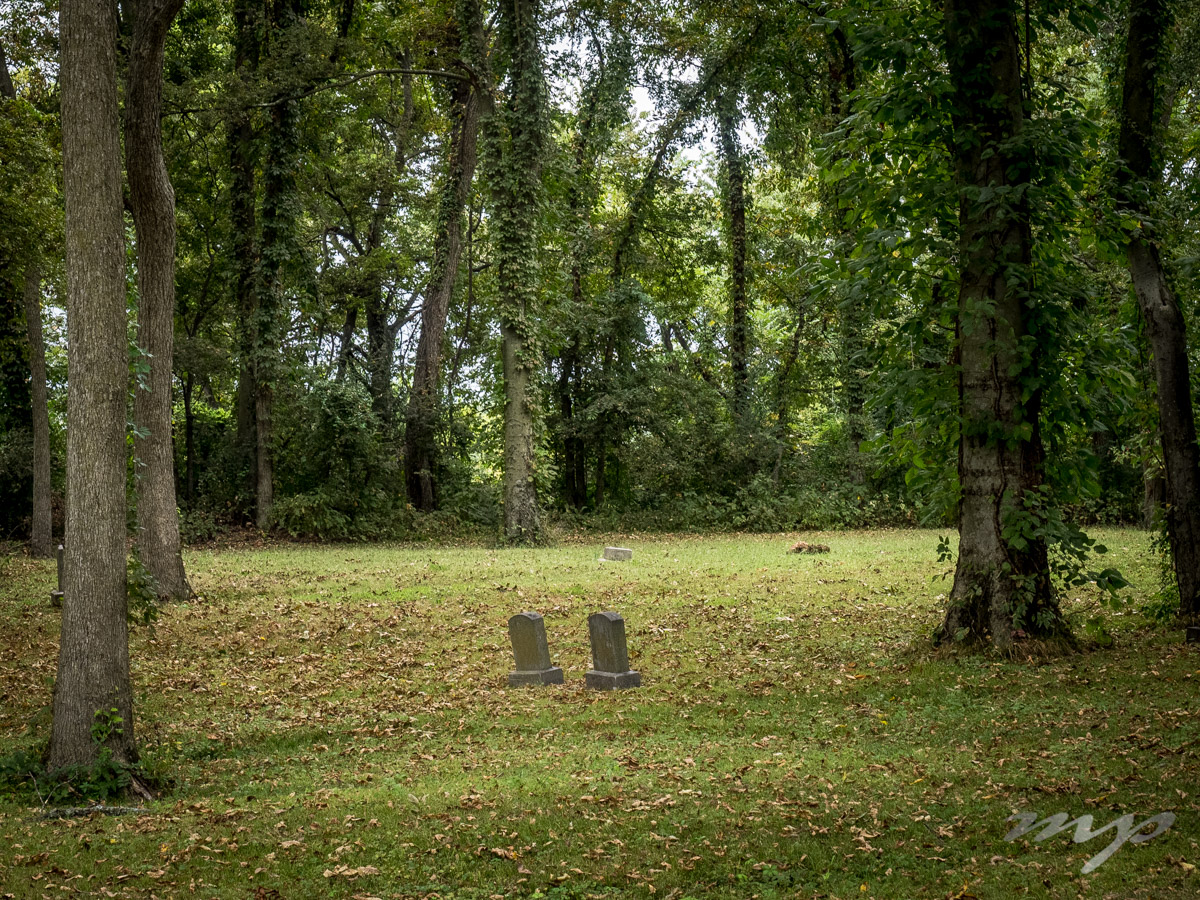
Viewing the site was by way of an easy and beautiful 3/4 mile long trail with information markers at significant points. Maggie was welcomed and enjoyed the opportunity for a walk.
The Northern Ohio School
The school from the Sawdust Hill era is an interesting story in that the actual building had been converted and used for other purposes for years with its history as a school forgotten. It was only during the very early stages of demolition its past was discovered and a successful restoration was made.

Since the Sawdust Hill Community had developed atop the Native American village site, the restored school was only a very short deviation from the archeological park trail.
Wapanocca National Wildlife Preserve
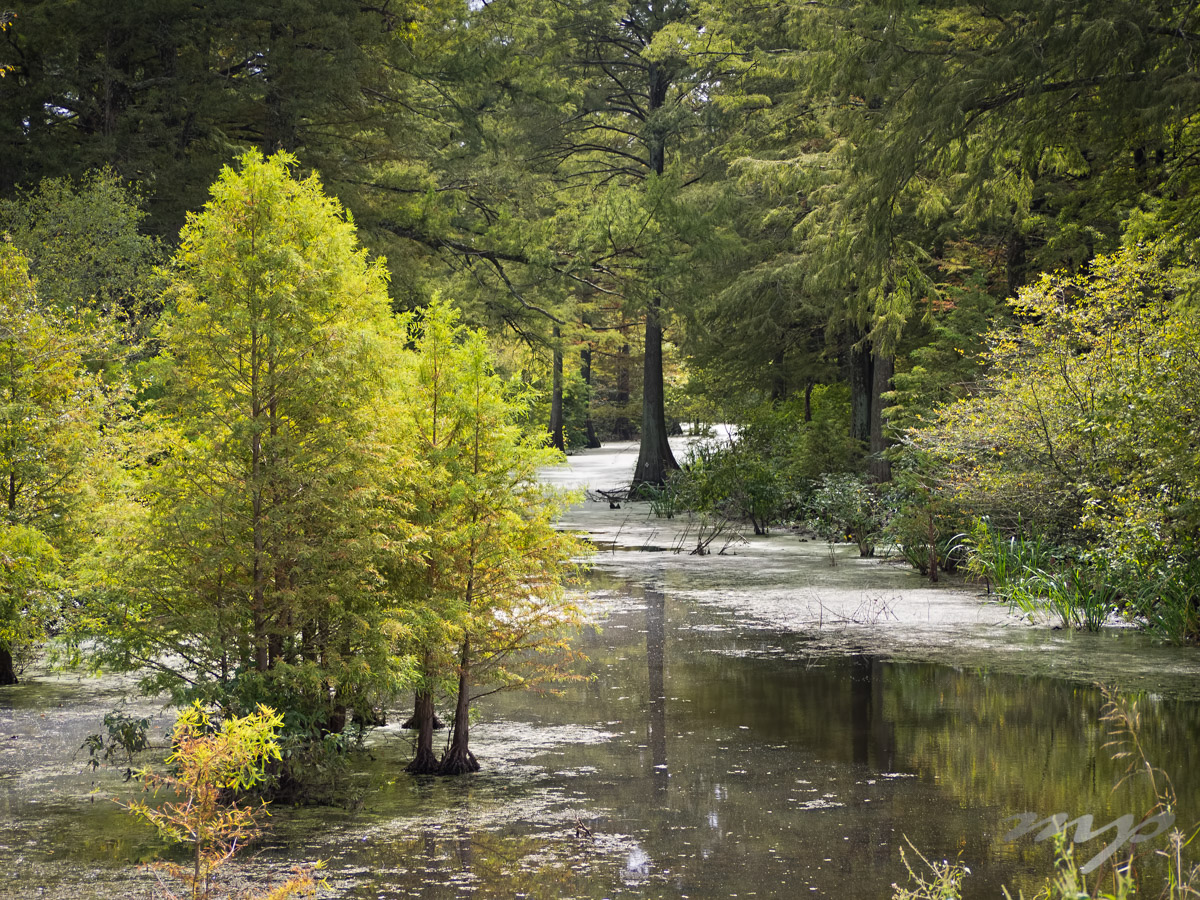
This managed wildlife preserve, located near Turrell, AR, contains extensive virgin cypress swamp, mature bottomland hardwood forest, reforested uplands and grasslands.
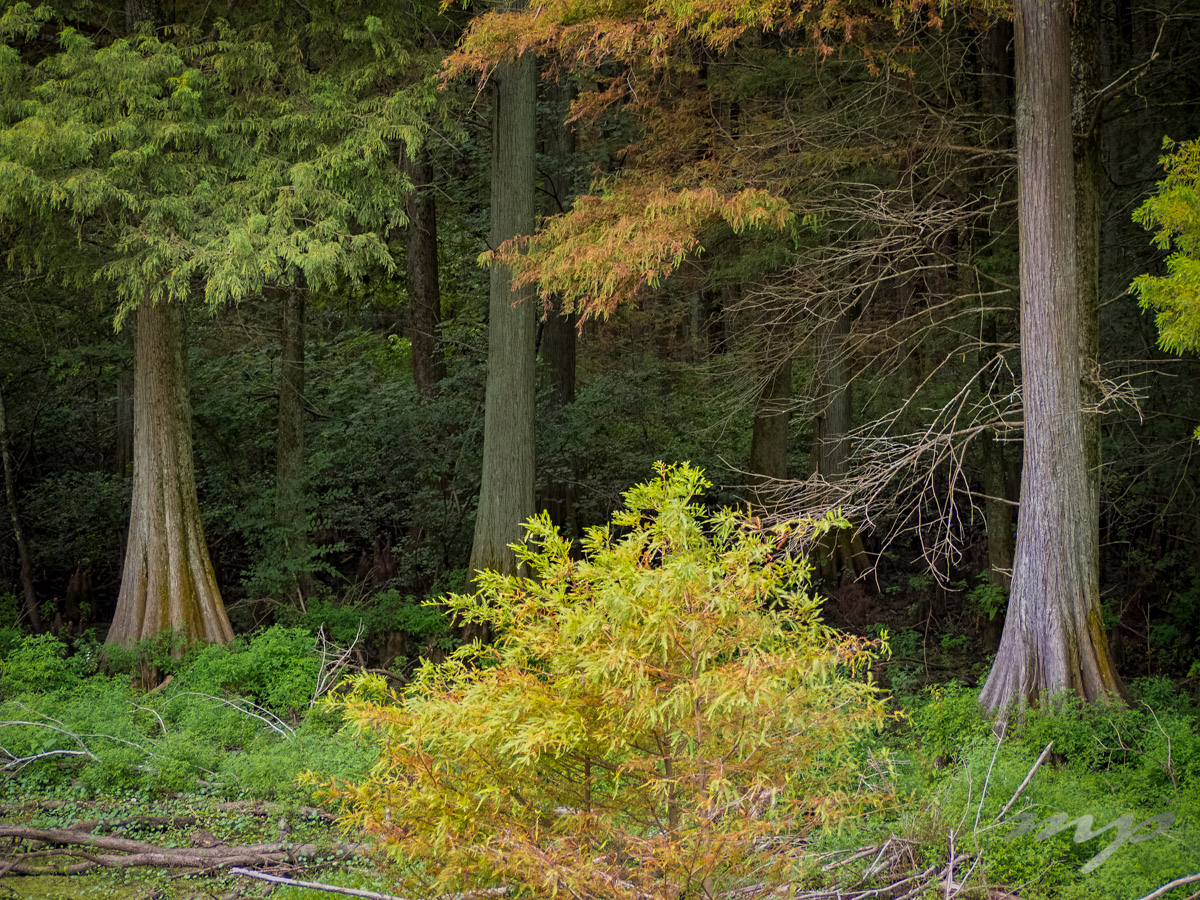
There is a nature drive which provides easy access for visitors to some remote and beautiful areas of the park. The park is managed meaning that there is controlled hunting and fishing periods for some of the park wildlife.
Discover more from Meandering Passage
Subscribe to get the latest posts sent to your email.

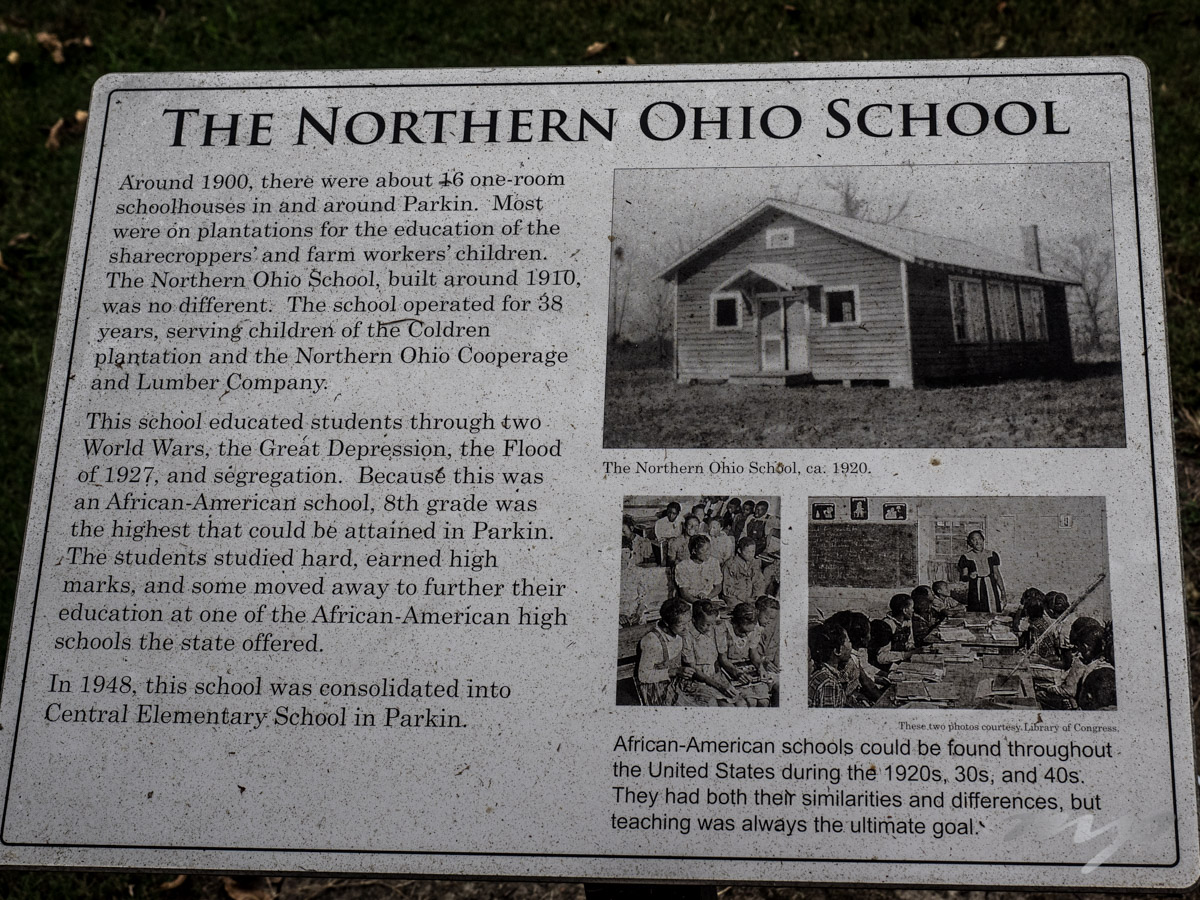




I look forward to visiting a cypress swamp one day too.
I was surprised at finding a cypress swamp such as this in mid-eastern Arkansas. But this location is fairly close to the Mississippi. I find them fascinating, Steve, and I know you probably would too.
Seems like a wonderful place to spend time discovering. I like your approach to thus new life your enjoying, “to penetrate beyond the tourist experience.” I really like image #10.
Thanks, Monte! We’re finding there’s many wonderful places…you just have to look for them. I don’t know we’re always successful getting beyond the tourist experience but we try. I think it’s certainly changed/changing both Bonnie and my perceptions on/of a lot of things. When I get a better handle on it all perhaps I’ll try to write about it.
Just keep exploring and searching, Brooks. It’s the best experience I know of.
I totally agree, Paul! :-)
That Wapanocca place looks quite interesting and a great name as well.